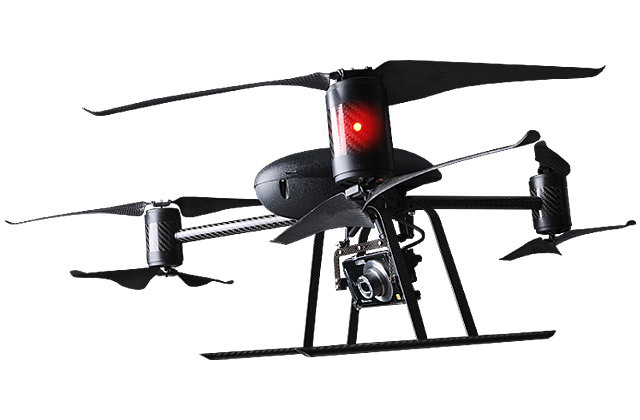WASHINGTON — Heads up: Drones are going mainstream.
Civilian cousins of the unmanned military aircraft that have tracked and killed terrorists in the Middle East and Asia are in demand by police departments, border patrols, power companies, news organizations and others wanting a bird’s-eye view that’s too impractical or dangerous for conventional planes or helicopters to get.
Along with the enthusiasm, there are qualms.
Drones overhead could invade people’s privacy. The government worries they could collide with passenger planes or crash to the ground.
Despite that, pressure is building to give drones the same access as manned aircraft to the sky at home.
“It’s going to be the next big revolution in aviation. It’s coming,” says Dan Elwell, the Aerospace Industries Association’s vice president for civil aviation.
Some impetus comes from the military, which will bring home drones from Afghanistan and wants to test and use them. In December, Congress gave the Federal Aviation Administration six months to pick six sites around the country where the military and others can fly unmanned aircraft in the vicinity of regular air traffic, with the aim of showing that they’re safe.
The Defense Department says the demand for drones and their expanding missions requires routine and unfettered access to domestic airspace, including around airports and cities.
In a report last October, the Pentagon called for flights first by small drones both solo and in groups, day and night, expanding over several years. Flights by large and medium-sized drones would follow in the latter half of this decade.
Other government agencies want to fly drones, too, but they’ve been hobbled by an FAA ban unless they first receive case-by-case permission. Fewer than 300 waivers were in use at the end of 2011. Businesses that want to put drones to work are out of luck; waivers are only for government agencies.
But that’s changing.
Congress has told the FAA that it must let civilian and military drones fly in civilian airspace by September 2015. This spring, the FAA is set to take a first step by proposing rules that would allow limited commercial use of small drones for the first time.
But the FAA is cautious about describing its plans, and officials avoid discussing deadlines.
“Let’s develop these six sites — and we will be doing that — where we can develop further data, further testing and more history on how these things actually operate,” Michael Huerta, FAA’s acting administrator, told a recent industry luncheon in Washington.
Send questions/comments to the editors.



Success. Please wait for the page to reload. If the page does not reload within 5 seconds, please refresh the page.
Enter your email and password to access comments.
Hi, to comment on stories you must . This profile is in addition to your subscription and website login.
Already have a commenting profile? .
Invalid username/password.
Please check your email to confirm and complete your registration.
Only subscribers are eligible to post comments. Please subscribe or login first for digital access. Here’s why.
Use the form below to reset your password. When you've submitted your account email, we will send an email with a reset code.